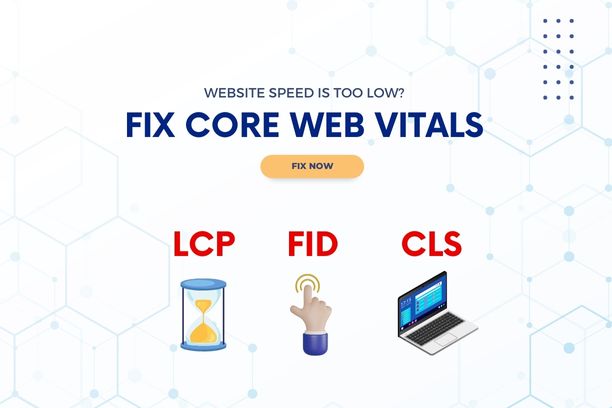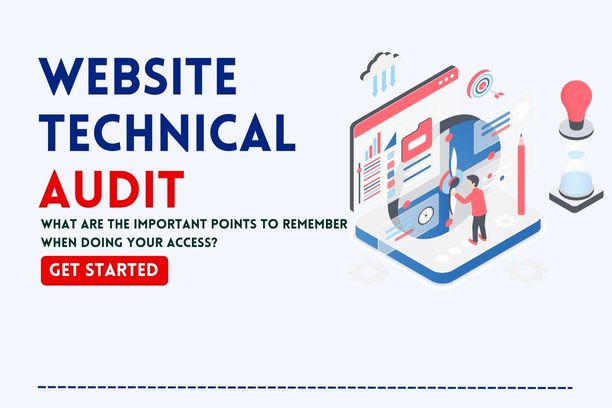In today’s digital landscape, where user experience reigns supreme, ensuring optimal website performance is paramount. One of the key metrics that directly impacts user experience and search engine rankings is Core Web Vitals. These metrics, introduced by Google, measure aspects of web usability and provide insights into how users perceive the speed, responsiveness, and visual stability of a webpage.
Understanding Core Web Vitals Metrics
Largest Contentful Paint (LCP)
Largest Contentful Paint (LCP) measures the loading performance of a webpage. It indicates the time taken for the largest content element, whether it’s an image, video, or block-level element, to become visible to the user.
First Input Delay (FID)
First Input Delay (FID) assesses the interactivity of a webpage. It measures the time between when a user interacts with a page (e.g., clicks a button) and when the browser responds to that interaction. A low FID ensures a smooth and responsive user experience.
Cumulative Layout Shift (CLS)
Cumulative Layout Shift (CLS) evaluates the visual stability of a webpage. It quantifies the amount of unexpected layout shifts that occur during the loading phase. A low CLS score indicates that the page elements remain stable as the content loads, preventing any sudden layout shifts that may disrupt the user experience.
Common Issues Affecting Core Web Vitals
Several factors can impact Core Web Vitals scores negatively. These include slow server response times, render-blocking JavaScript and CSS, and large resource sizes such as images and videos.
Tools for Assessing Core Web Vitals
To identify and analyze Core Web Vitals issues, webmasters can utilize various tools provided by Google, including PageSpeed Insights, Lighthouse, and Chrome DevTools.
Strategies to Fix Core Web Vitals Issues
Optimizing images and videos, minifying CSS, JavaScript, and HTML, and utilizing browser caching are some effective strategies to improve Core Web Vitals scores.
Improving Core Web Vitals Scores
Prioritizing above-the-fold content, implementing lazy loading for images and videos, and utilizing content delivery networks (CDNs) can further enhance Core Web Vitals scores and overall website performance.
Testing and Monitoring Core Web Vitals
Regularly testing and monitoring Core Web Vitals metrics is essential to ensure ongoing optimization. Setting up alerts for significant changes and continuously optimizing website performance can help maintain favorable Core Web Vitals scores.
Conclusion
Optimizing Core Web Vitals is crucial for enhancing user experience and improving search engine rankings. By understanding the metrics, identifying common issues, implementing effective strategies, and continuously testing and monitoring performance, website owners can fix Core Web Vitals issues and even surpass the recommended benchmarks.




